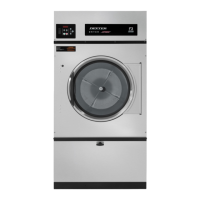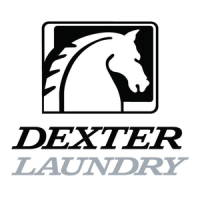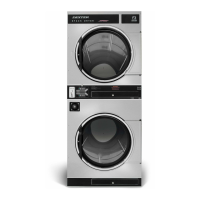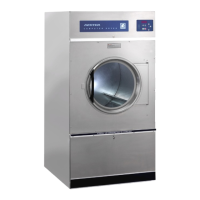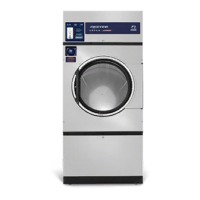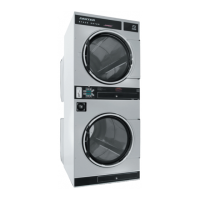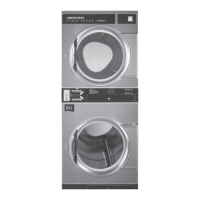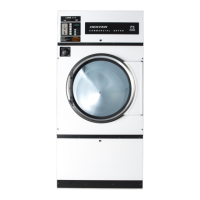8514-234-001 REV N page 31
Cycles Option:
This option allows the user to set temperature and cooldown information for the drying cycle. It also allows the
user to return the values to factory defaults.
1. “TEMP SETTINGS” allows the user to make adjustments, within a designated range, to the cycling
temperature for each of the “Low”, “Medium” and “High” customer choices.
2. In addition, on the “Low” setting, the user can reduce the cycling temperature below 110 degrees F. In
this case, when the customer chooses the “Low” setting, the dryer will not turn on the gas valve. When
checked, the displayed temperature will read “NO HEAT”.
3. “COOLDOWN” allows the user to change the designated time at the end of a cycle where the gas valve
relay is turned off. On “High” and “Medium” temperature settings, the designated time cannot be reduced
to less than 2 minutes.
4. “DEFAULT TEMP” allows the user to choose which general temperature setting, “High”, “Medium” or
“Low”, the control will default to at the beginning of each cycle if the customer does not make a choice.
5. “ANTI WRINKLE” is a feature that periodically rotates the dryers after a cycle is complete. If the door was
closed at the end of the cycle, and is left closed for 5 minutes, the enunciator will sound and the display
begins scrolling “ANTI WRINKLE”. 5 seconds later, the dryer motor will turn on for 60 seconds and then
turn off. The gas valves will not be turned on. The “ANTI WRINKLE” message will continue throughout
the time that the motor is turned on. The user can choose to enable or disable this feature.
To reset all values in the Cycles option to factory default, press “Enter” when the “DEFAULT” prompt is shown.
Press “Enter” again when the “RESET” prompt is shown to confirm the action.
